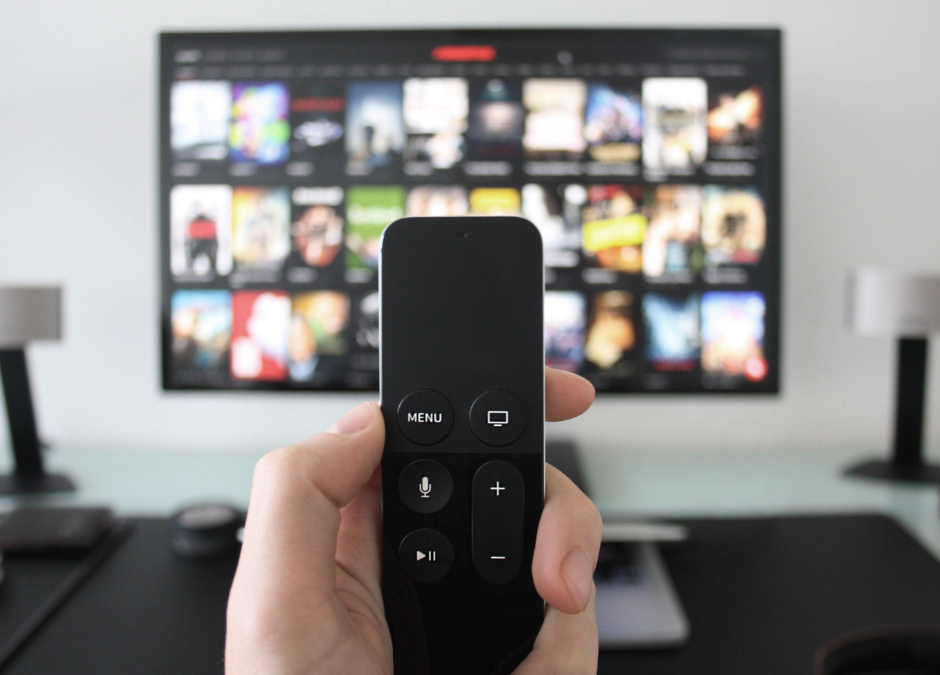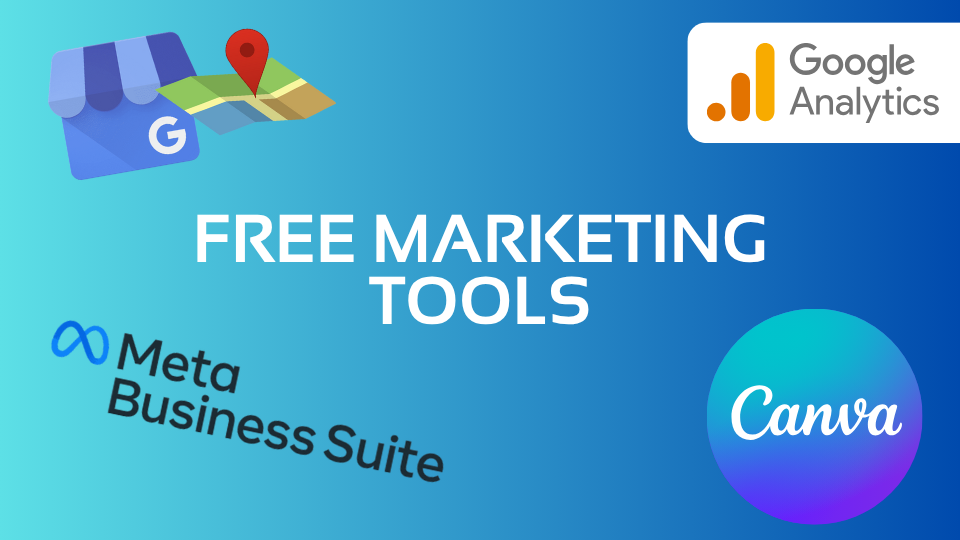The Rise of Connected TV

In the realm of digital marketing, staying ahead of the curve is paramount. As consumers’ media consumption habits evolve, we, as marketers, must evolve our strategies to effective reach and engage them. One of the most significant shifts in recent years has been the rise of Connected TV (CTV) advertising, a game-changer that has captured the attention of businesses across industries.
In our experience, the use of various acronyms used in digital marketing can make things a little harder to understand. In this instance, marketers love to throw around CTV… OTT… OLV… and so many more. While yes, it is important to understand the fundamentals of these acronyms, it is much more important to understand how it will help YOUR business individually. In this comprehensive guide, we’ll delve into the nuances of CTV advertising, its benefits, and the strategies for success in this rapidly expanding space. Let’s dive in!
What is Connected TV?
Let’s start with the basics; what exactly is Connected TV (CTV)? CTV refers to television sets that are connected to the internet, allowing users to access streaming content through apps or platforms like Netflix, Hulu, Amazon Prime Video, and YouTube. If you’re like the majority of America, you are likely streaming your television via one of the many ad-supported services available. Over-The-Top (OTT) encompasses the delivery of video content over the internet without the need for a traditional cable or satellite subscription. While both CTV and OTT involve streaming content via the internet, the distinction lies in the device used for consumption. CTV typically refers to smart TVs or devices like Roku, Apple TV, Chromecast, or gaming consoles, whereas OTT encompasses a broader range of devices, including smartphones, tablets, and computers.
Simply put; CTV = large screens, OTT = small screens. Easy, right? Now, let’s dive into which businesses benefit from CTV/OTT ads.
Who Stands to Benefit from Connected TV Ads?
The beauty of Connected TV advertising lies in its versatility and reach. Businesses of all sizes and across various industries can leverage CTV ads to engage with their target audiences in a highly targeted and impactful manner. However, certain sectors can particularly benefit from this form of advertising:
- Direct-to-Consumer (DTC) Brands: CTV provides DTC brands with a direct avenue to reach consumers who are increasingly shifting away from traditional television.
- Local Businesses: With the ability to target viewers based on location, CTV enables local businesses to reach their target audience effectively.
- E-commerce: CTV ads can drive traffic to e-commerce platforms, making them an invaluable tool for online retailers looking to increase sales and brand awareness.
- Subscription Services: Whether it’s streaming services, online courses, or subscription boxes, CTV ads can help subscription-based businesses acquire new customers and retain existing ones.
All that being said, it is important for us, as marketers, to not only understand what our individual marketing objectives are, but also manage our expectations appropriately to decipher whether or not CTV/OTT advertising is right for our business.
Managing Expectations in Connected TV Advertising
While Connected TV advertising offers immense potential, it’s essential for businesses to temper their expectations and approach it with a strategic mindset. Here are some key considerations:
- Targeting Capabilities: CTV allows for precise targeting based on demographics, interests, and viewing behavior. However, advertisers should understand that reach may vary depending on factors such as audience size and targeting parameters.
- Measuring Success: Metrics such as impressions, completion rates, and conversion tracking can provide valuable insights into the effectiveness of CTV campaigns. However, attribution can be considered challenging due to the nature of the “buying cycle” and the understanding that these are heavy branding focused tactics.
- Creative Optimization: Compelling video content is paramount in CTV advertising. Businesses should invest in high-quality creatives optimized for the platform to maximize engagement and impact. We are proud to help our partners take advantage of high-quality video production for a far more affordable cost. If you are interested in diving into the Performance Digital capabilities, check out some of our previous video projects HERE!
In many cases, businesses oftentimes shy away from CTV/OTT advertising simply due to the fact that they do not possess a professional TV Commercial. In light of the digital world we are living in, the content that we push out as marketers is more important than ever! Consumers are more likely to engage with relatable, engaging, short-form video commercials. The content created for your business can be a huge factor in the perceived success in a CTV/OTT campaign.
The Importance of Video Content in CTV Advertising
Video content has become the cornerstone of digital marketing, and nowhere is this more evident than in Connected TV advertising. With consumers increasingly gravitating towards video content, businesses can leverage CTV/OTT ads to deliver engaging and immersive experiences. Here’s why video content is crucial in CTV/OTT advertising:
- Engagement: Video content has the power to captivate audiences and convey brand messages more effectively than static images or text.
- Storytelling: Video allows businesses to tell compelling stories and forge emotional connections with viewers, thereby enhancing brand affinity and loyalty.
- Brand Awareness: CTV ads offer an opportunity for businesses to showcase their brand personality and values in a visually compelling manner, thereby increasing brand awareness and recall.
When planning for your business’ CTV/OTT campaign, we encourage our clients to find a production partner that will not only help achieve your content desires but do so cost- effectively. Our team at Performance Digital specializes in working with local businesses to create video commercials that suite their needs at a fraction of the cost.
Conclusion
Regardless of the size of your business or your marketing objectives, Connected TV advertising might be a solution for you! Connected TV advertising represents a seismic shift in the digital marketing landscape, offering businesses unparalleled opportunities to engage with their target audiences in a meaningful and impactful way. By understanding the nuances of CTV advertising, managing expectations, and investing in compelling video content, businesses can unlock the full potential of this transformative platform and stay ahead of the competition in an increasingly connected world. For more information or to learn more about how CTV Advertising can work for your business, reach out to the pros at www.performancedigital.com!


